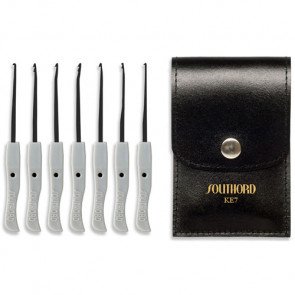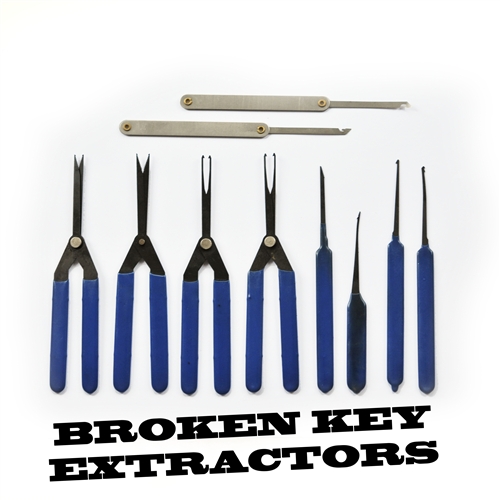

If this doe not work, I advise re-applying your lubricant several times, and if possible, have the lock’s keyhole pointed towards the ground whilst spraying the lubricant. If you’re lucky, this will help the lock to loosen up. Wiggling the key will help the lubricant to penetrate all areas of the lock. Once the lubricant is applied, insert the key, gently wiggle it from side to side and slowly insert it into the lock several times. To help the lock unjam, take a lock-specific lubricant and spray a good amount into the keyhole. The most likely issue with a jammed lock is that the internal parts have seized up due to a lack of lubrication or a build-up of grime. I’ve successfully used the broken key removal methods shown below on several occasions, so they are worth attempting!Īs you may have learnt the hard way, if your lock is stuck in place, do not attempt to force it open with the key. If you need to open your lock now, then your best option will probably be to call a locksmith since the DIY key extraction steps below can take a bit of time and won’t always work.
#DIY BROKEN KEY EXTRACTOR HOW TO#
However, with an understanding of how to do so, you can usually extract a snapped key in under half an hour. If you snapped a key in a padlock that wasn’t attached to anything, it might not be such a big deal, and you may have more time to tinker with the lock and retrieve the snapped portion of your key.Įvery model of lock is slightly different, so the time it takes to remove a broken key from inside a lock will vary depending on the lock you’re using. If you lock your bike in public and use it to cycle home, you’ll probably want to remove a snapped key as soon as possible to avoid theft. If you accidentally snapped your key in the door to your house or another important building such as an office etc., you’ll most likely want to remove it immediately.

Stripped screws that defy other methods can be removed with a screw extractor kit or with left-hand drill bits. Stubborn stripped screws can be removed by cutting a groove in the screw and turning the screw with a flat-head screwdriver. In some cases, improving the friction is enough for the screwdriver or drill bit to grab the screw and turn it out. Use a lubricant when removing stripped screws from plastic, but make sure that the lubricant and plastic are compatible.Use a rubber band or duct tape to improve friction rather than using abrasive materials like steel wood or abrasive cleaners.Be gentle when removing a stripped screw from plastic to avoid gouges.But plastic is so soft that many abrasive materials cannot be used with it. With stripped screws in plastic, rust is less of a concern. Tap the stripped screw with a small hammer to break up the rust.

Use a screw extractor or left-hand drill bit to remove a badly stripped screw from metal.Apply penetrating oil to help remove a rusted stripped screw in metal.Metal is strong enough to tolerate removal methods that cannot be used with wood or plastic. Rust is sometimes an issue when removing a stripped screw from metal. Use extractor pliers to remove a stripped screw that's flush or above the wood surface.Use a screw extractor or left-hand drill bit to remove a screw below the surface.Cover the area surrounding the screw with tape to prevent damage.Wood is softer than metal but harder than plastic, so be mindful of the surface when removing screws.

Different materials may require different techniques and supplies. Removing a Stripped Screw From Wood, Metal, or Plasticįor efficient removal and to avoid damage, it's important to consider the type of material the screw is stuck in: wood, metal, or plastic. The Spruce Home Improvement Review Board.


 0 kommentar(er)
0 kommentar(er)
